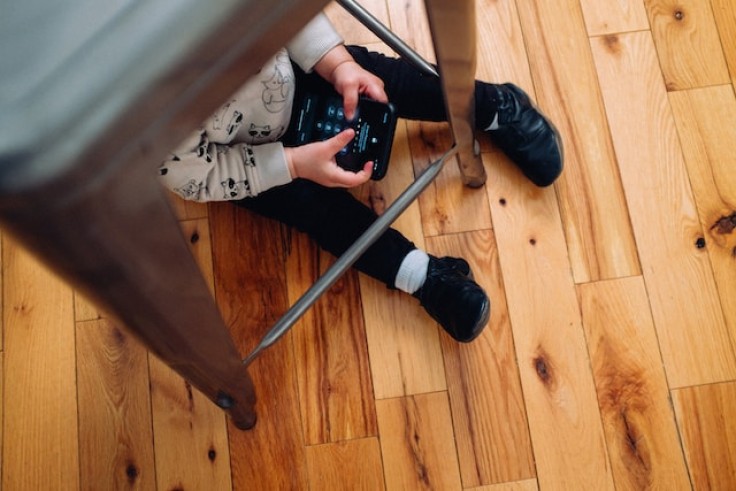
The arrival of a baby heralds joy, excitement, and a whole new chapter of life. However, it also brings a critical responsibility: ensuring the baby's safety. Transforming your home into a secure environment is an essential part of parenting, and to make it easier for you, we've compiled a comprehensive list of 20 baby-proofing tips.
What Does it Mean to Baby-Proof?
Baby-proofing isn't simply about putting up barriers; it's about creating an environment where your child can explore safely while gradually learning about boundaries and rules. The objective is to mitigate risks without stifling the child's need for exploration and independence. To effectively baby-proof your home, you must look at it from a child's perspective. This often means literally getting down to their level and identifying what could be reached, pulled, or climbed on. It involves asking questions like, "Could this small object be a choking hazard?" or "Could these stairs be a falling risk?"
The essence of baby-proofing extends to intangible domains as well. It's not just about physical safety but also about ensuring a nurturing and stimulating environment. After all, a home should be a place that supports all dimensions of a child's development-physical, cognitive, and emotional. It's about striking the right balance between security and freedom, allowing your child to grow in a setting that's both safe and enriching.
Read also: Baby Gear: Which to Splurge? Which to Skip?
How to Baby-Proof Your Home
General Precautions
- Outlets and Electricals: It's crucial to cover all electrical outlets with safety plugs to make sure little fingers don't explore dangerous places. You should also bundle and secure any dangling cords to prevent potential accidents.
- Secure Heavy Items: The gravity-defying adventures of a toddler can turn furniture like dressers and bookshelves into serious hazards. Anchoring these heavy items to the wall will ensure that they don't tip over.
- Door Stops and Holders: Installing door stops can protect your child's fingers from being accidentally pinched. Consider soft, child-friendly options.
- Corner and Edge Bumpers: Sharp corners on furniture can be dangerous. Installing corner and edge bumpers can significantly reduce the risk of injury.
- Non-Slip Mats: Falls are one of the most common accidents among toddlers. Placing non-slip mats in bathtubs and under rugs can provide extra traction, thus minimizing falls.
Kitchen Safety
- Lock Cabinets and Drawers: Cabinets and drawers often contain cleaning agents, sharp objects, and small items. Safety locks can keep these potential hazards away from curious hands.
- Stove Guards and Knob Covers: Installing stove guards and knob covers can prevent your child from accidentally turning on the stove, a potential fire hazard.
- Appliance Latches: Secure the doors of appliances like the fridge, dishwasher, and oven with latches. This prevents your child from accessing dangerous items or trapping themselves inside.
- High Chair Safety: Always use the safety straps when your baby is seated in a high chair. Keep the chair positioned away from tables or counters to prevent the child from pushing off and tipping the chair over.
Bathroom Safety
- Toilet Locks: Drowning can happen even in shallow water, making toilet locks a necessary precaution to prevent such a tragedy.
- Non-Toxic Supplies: Opt for baby-safe, non-toxic cleaning supplies, reducing the risk if your child accidentally ingests something they shouldn't.
- Temperature Regulator: A scalding hot bath can severely injure your child. Adjust your water heater to a maximum of 120°F to avoid this.
Living Room and Bedroom
- Window Guards: Window guards or stops are essential for preventing falls, especially in homes with multiple stories.
- Blind Cords: Corded window blinds pose a strangulation risk. Store these cords out of reach, or switch to cordless blinds.
- Electronics Safety: Small electronics like remote controls contain batteries, which are a choking hazard. Store them out of your child's reach.
- Toy Safety: Small toy parts can be choking hazards. Always adhere to the age recommendations on toys and keep small components away from children under 3.
Baby's Nursery
- Crib Safety: Make sure the crib meets current safety standards. Keep soft toys, pillows, and blankets out of the crib to prevent suffocation.
- Changing Table Precautions: Always use safety straps on the changing table and keep one hand on your baby at all times.
- Night Lights: Choose LED night lights that don't get hot, minimizing the risk of burns.
- Monitor Installation: Baby monitors are essential but can be hazardous if cords are within reach. Mount them securely, away from the crib.
Baby-proofing is an ongoing process. As your child grows, so do the kinds of hazards they may encounter. Periodically review your home for new risks and adapt accordingly. The effort you invest in creating a safe environment will offer immeasurable peace of mind, knowing your little explorer can safely satisfy their curiosity.
Related Article: Baby Stroller Safety Tips for Hot Summer Days